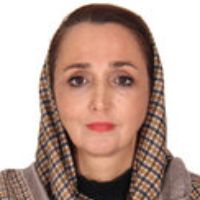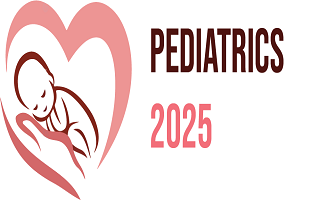3rd International Conference on
Pediatrics & Neonatology
November 27-28, 2025 | Online
Pediatrics 2025

Tehran University of Medical Science, Iran
Abstract:
Children are not fully able to understand the reasons for the unpleasant experience. In fact, severe distress is reported to affect 40–60% of children age 1–5 years that preparing for operations. (1) Ketamine is widely used in the emergency department (ED) to facilitate procedural sedation in children. Intranasal (IN) ketamine is noninvasive while minimizing anxiolysis and distress in painful medical situations. (5) There is initial evidence of assistance of IN ketamine in pain relief.
Our objective was to determine that if administration of intranasal ketamine would reduce pain of IM injection of ketamine.
Methods:
All children aged between 12 months and 7 years, with weight under 33 kg presented to the department who needed PSA were considered eligible.
We used a sealed-envelop, block randomization method with a computer-generated random sequence. One of the investigators (AD) included the patients and completed the data such as demographics, weight, and type of procedure before premedication were recorded.
One half of children received nasal ketamine (using 50 mg/ml vials) at the dose of 5 mg/kg and the other received nasal sterile water 1-1.5 ml as the same as ketamine, 20 min before the scheduled surgery time. After premedication, all patients received intramuscularly 4 mg per kg of ketamine with gauge 23 syringe in thigh muscle without any pressure or stimulus before injection. A research assistant (RA) monitored the patient for pain during injection according to FLACC Score. This score is contained of five factors: face, leg, activity, cry and consolability. each item has score 0 to 2. Only RA had fulfilled pain score sheet with Flacc Score and was blinded to premedication drugs
Results:
In comparison of the effect of intranasal ketamine with placebo on intramuscular pain injection, by FLACC (Face, Legs, Activity, Cry, Consolability) scale ,The mean pain score in the intervention group was 2.36±2.86, while in the comparison group,it was 9.95±0.31. According to statistical analysis, there was significant difference between two groups (p < 0.001).(table 2)
Biography:
Hamideh Akbari is a dedicated professional affiliated with Tehran University of Medical Sciences (TUMS) in Iran. With extensive experience in the medical field, she has contributed significantly to research and academic advancement. As a valued member of the medical community, Dr. Akbari is known for her commitment to education and innovative practices within her field. Her work has had a positive impact on both the academic and healthcare environments.
